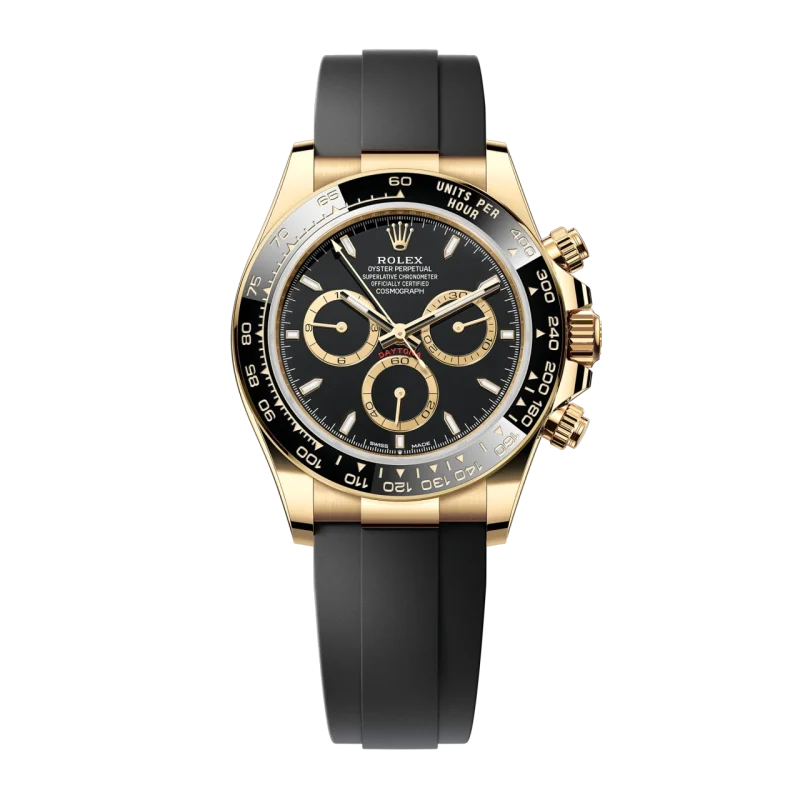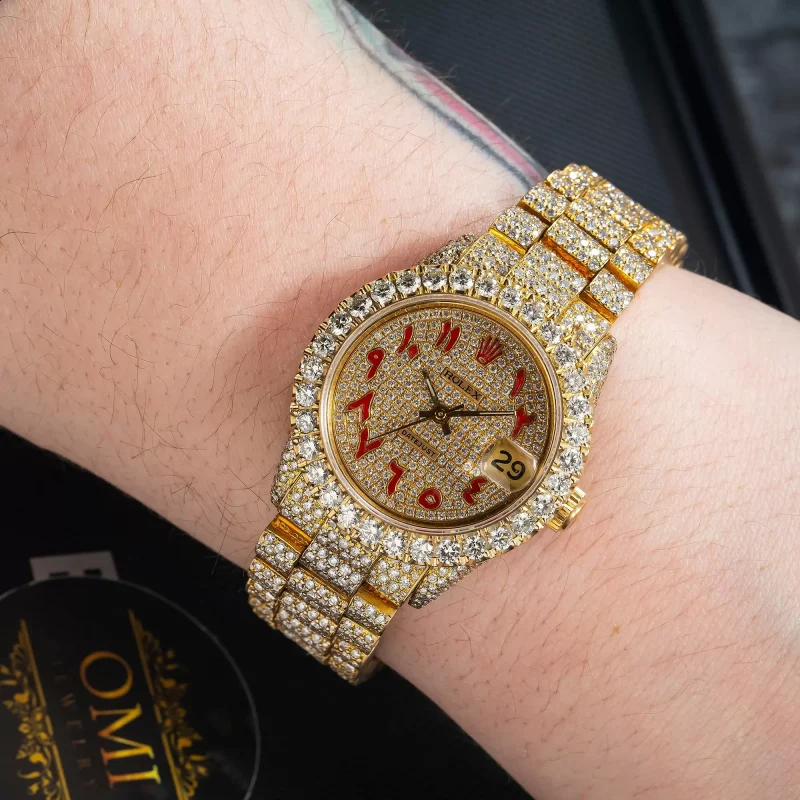Clone
Do Replica Rolex Watches Have the Same Features as Genuine Ones?
Some of these Rolex replicas, especially those featuring top Swiss movements, claim to offer the same features as the originals, it’s essential to understand the nuances between genuine Rolex watches and their imitations.

Understanding the Replica Watch Market
The replica watch market is vast and varied. Replicas range from low-quality knockoffs that are easily spotted to high-quality copies that closely resemble the real thing. Among these, the top-tier replicas often use Swiss movements, promising to deliver a level of performance and craftsmanship comparable to genuine Rolex watches.
Comparing Features: Genuine vs. Replica Rolex Watches
1. Movement and Precision
- Genuine Rolex: Rolex watches are renowned for their in-house movements, meticulously crafted and tested for precision. The movements are certified by the Swiss Official Chronometer Testing Institute (COSC) and undergo rigorous in-house testing, ensuring accuracy within -2/+2 seconds per day.
- Replica Rolex: High-end replicas sometimes use Swiss ETA movements or other high-quality alternatives that offer reliable timekeeping. While these movements are often accurate, they typically lack the fine-tuning and unique engineering of genuine Rolex calibers. Replicas do not undergo the same stringent testing and certification as real Rolex watches.
2. Materials and Craftsmanship
- Genuine Rolex: Authentic Rolex watches are constructed from premium materials such as 904L stainless steel, 18k gold, and platinum. The attention to detail in finishing is unparalleled, with each watch undergoing meticulous handcrafting processes. The dials, bezels, and bracelets exhibit flawless craftsmanship and durability.
- Replica Rolex: Top-tier replicas strive to replicate the look of genuine Rolexes by using high-quality materials like 316L stainless steel and gold plating. However, they often fall short in terms of the exact composition and finishing processes used by Rolex. Over time, the differences in material quality and craftsmanship become more apparent, especially in wear and tear.
3. Design and Aesthetics
- Genuine Rolex: Rolex designs are iconic and meticulously crafted, with attention to even the smallest detail. The proportions, font, and finishing of the dials, hands, and markers are impeccable. Rolex’s innovation in design also extends to unique features like the Cerachrom bezels and Oysterflex bracelets.
- Replica Rolex: High-quality replicas can closely mimic the design and aesthetics of genuine Rolex watches. They replicate the fonts, logos, and overall appearance with impressive accuracy. However, subtle differences in the quality of printing, alignment, and finishing often reveal their true nature upon close inspection.
4. Functionality and Durability
- Genuine Rolex: Rolex watches are engineered for durability and functionality. They are known for their water resistance, scratch resistance, and long-lasting performance. Features such as the Triplock winding crown and Oyster case contribute to their robustness.
- Replica Rolex: While some high-end replicas offer functional features like water resistance, they generally do not match the durability and performance of genuine Rolex watches. The water resistance of replicas is often not guaranteed, and their longevity is usually inferior to that of authentic Rolexes.
While high-quality replicas, especially those with Swiss movements, can offer a close approximation of genuine Rolex features, they fall short in several critical areas. The precision, craftsmanship, material quality, and long-term value of genuine Rolex watches remain unmatched by even the best replicas.

